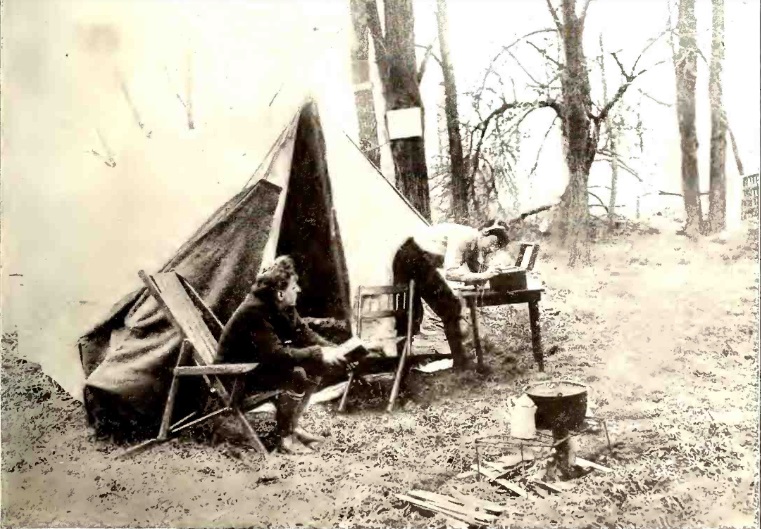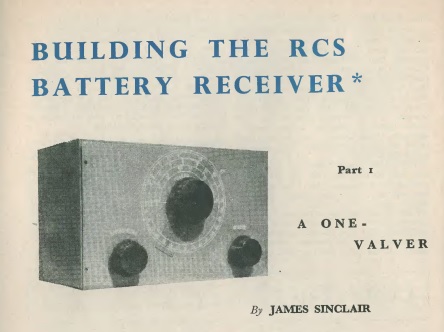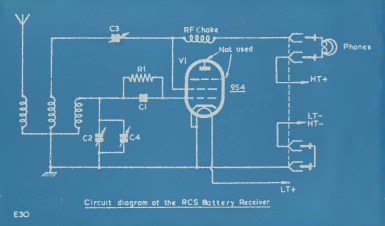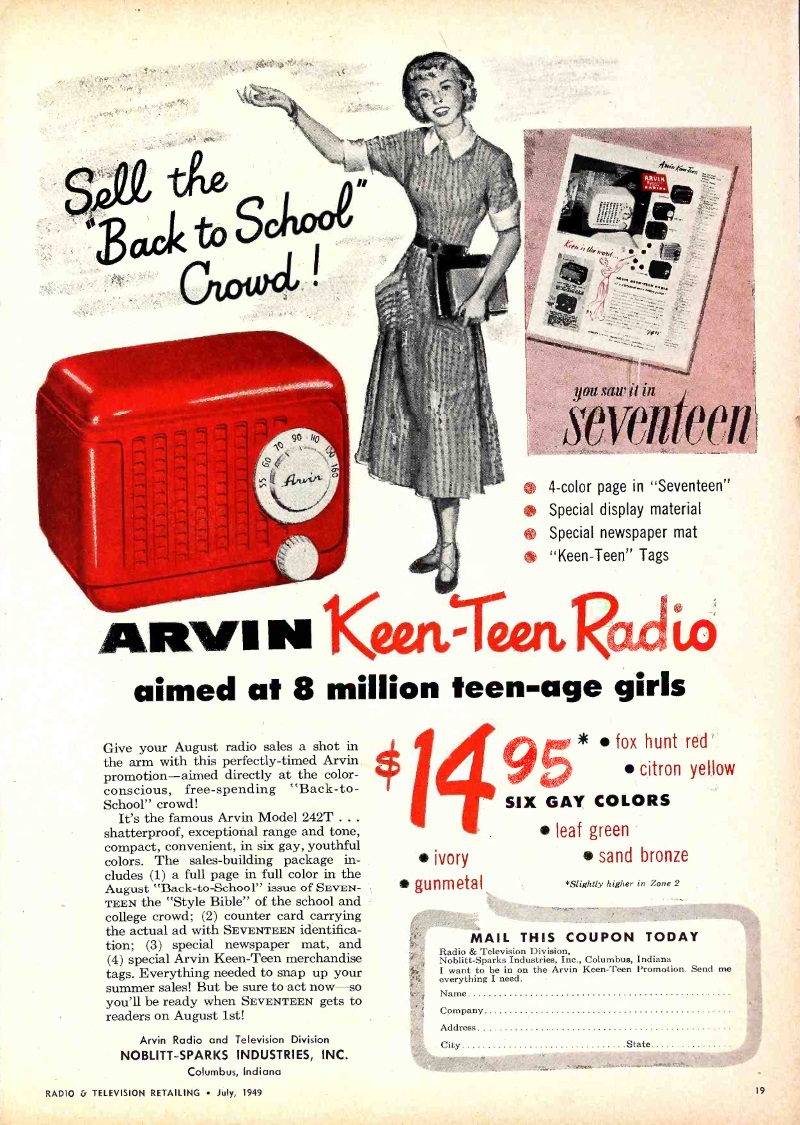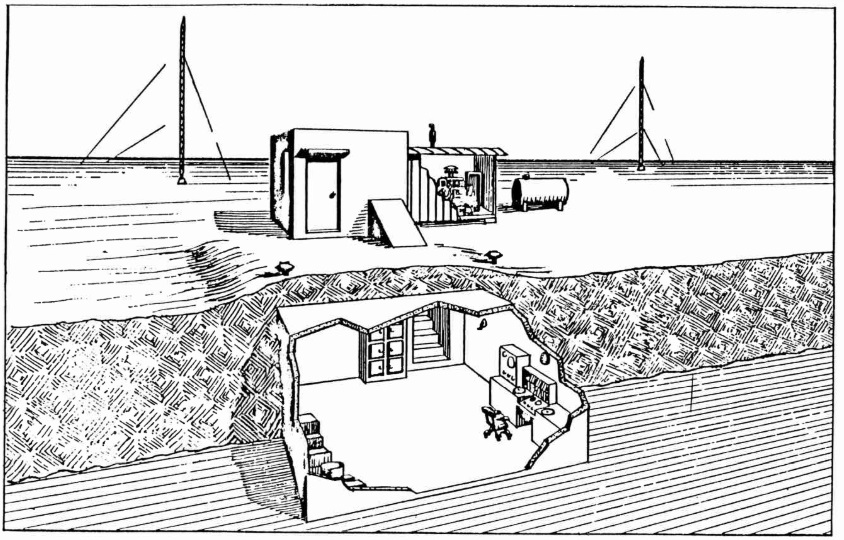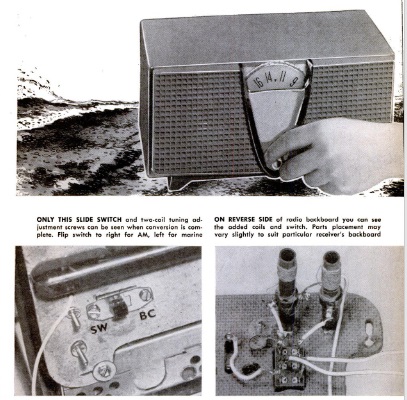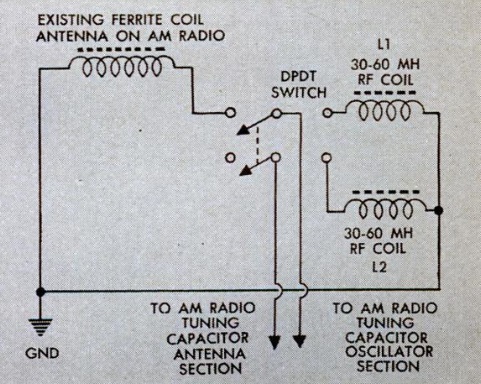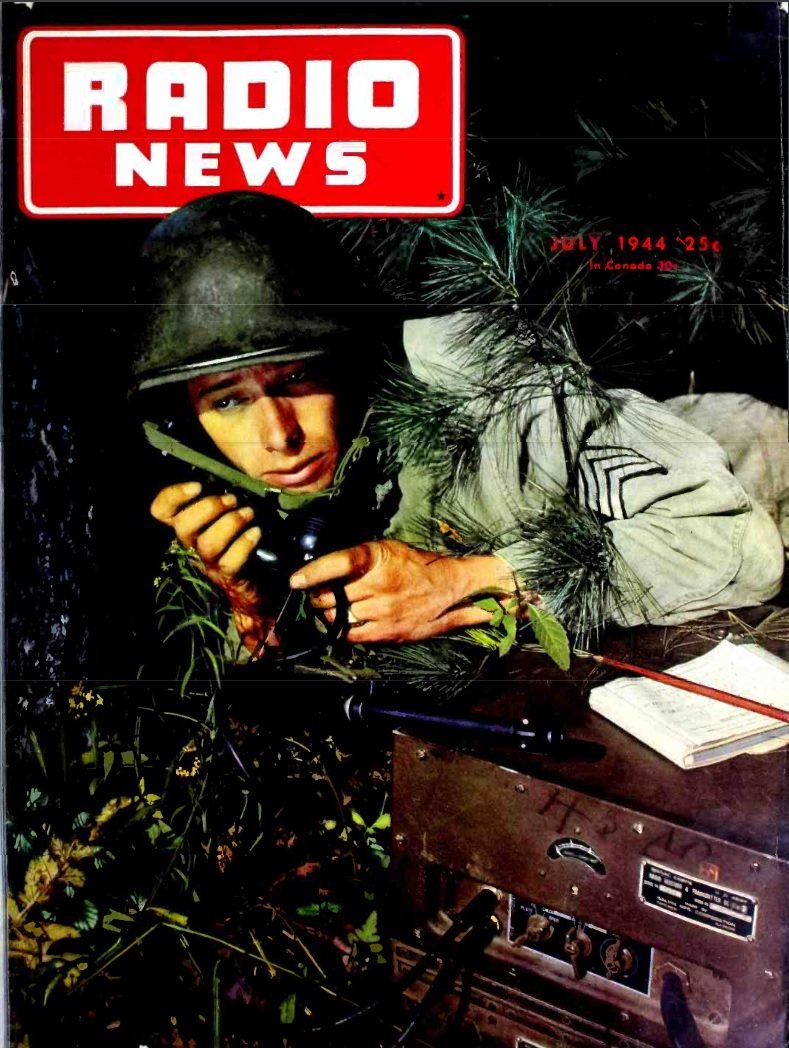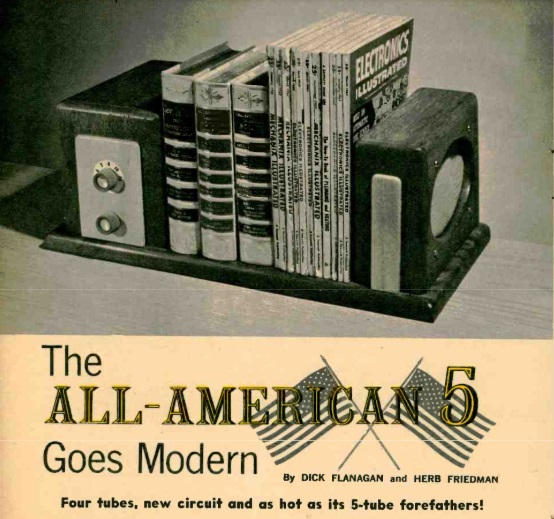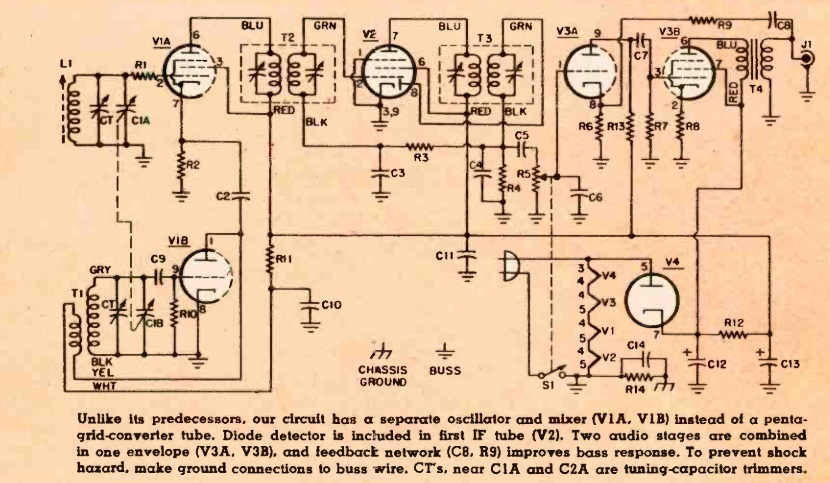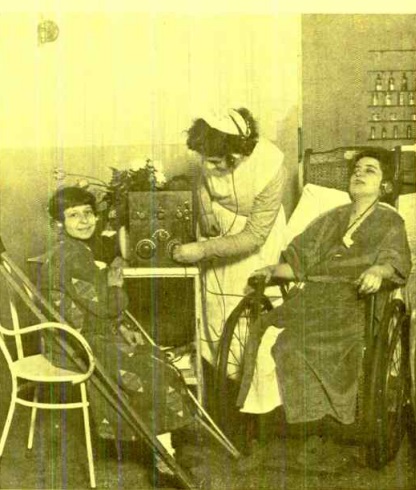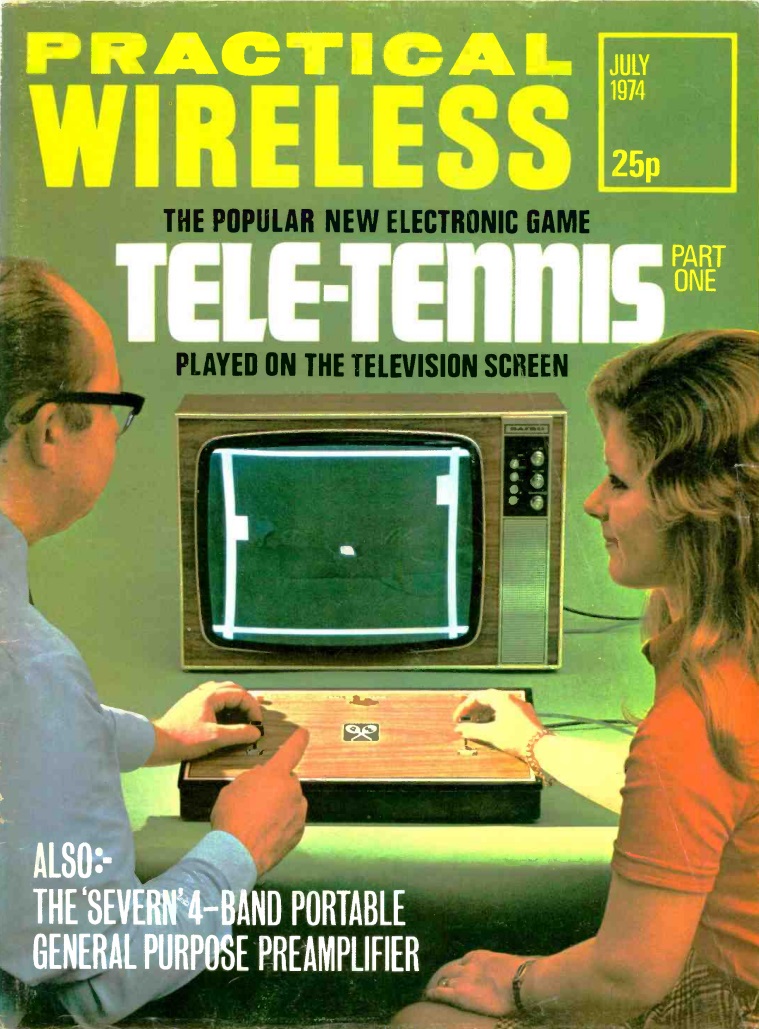 Fifty years ago, this duo were among the first Britons to enjoy playing a video game, thanks to the project shown in two issues of Practical Wireless, starting in July 1974. The game, dubbed Tele-Tennis, appears to be a clone of Pong, which first hit arcades in 1972. The home version didn’t hit American Sears stores until 1975, so these two were way ahead of the curve. The construction article was careful, however, to avoid the “Pong” name.
Fifty years ago, this duo were among the first Britons to enjoy playing a video game, thanks to the project shown in two issues of Practical Wireless, starting in July 1974. The game, dubbed Tele-Tennis, appears to be a clone of Pong, which first hit arcades in 1972. The home version didn’t hit American Sears stores until 1975, so these two were way ahead of the curve. The construction article was careful, however, to avoid the “Pong” name.
The magazine noted that the television, the most sophisticated instrument in most homes, wasn’t living up to its potential being used only to watch Bugs Bunny or Coronation Street. It noted that the game was sweeping pubs and clubs in America, and that the British experimenter could duplicate it.
Initially, the author was afraid that the circuit might be too complex for the amateur constructor. But thanks to a careful design, the use of IC’s, and a printed circuit board, the project could be undertaken by anyone with reasonable soldering ability. Both the circuit boards and cabinet were available for purchase.
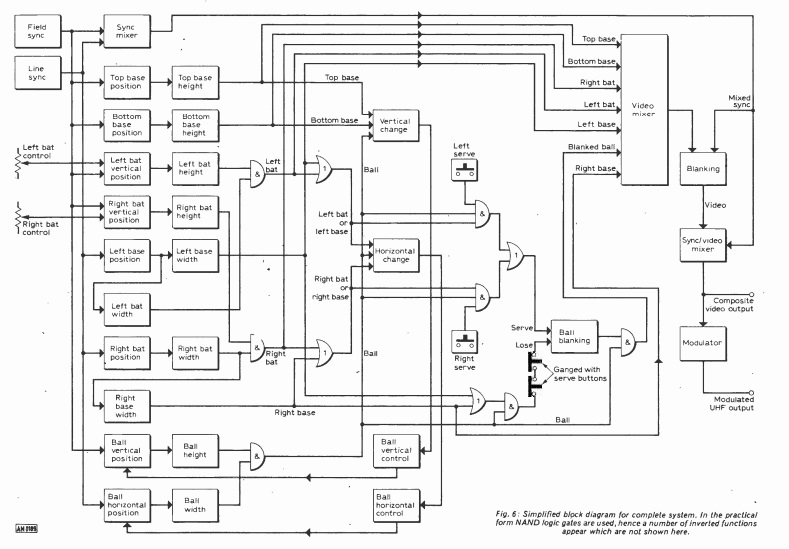
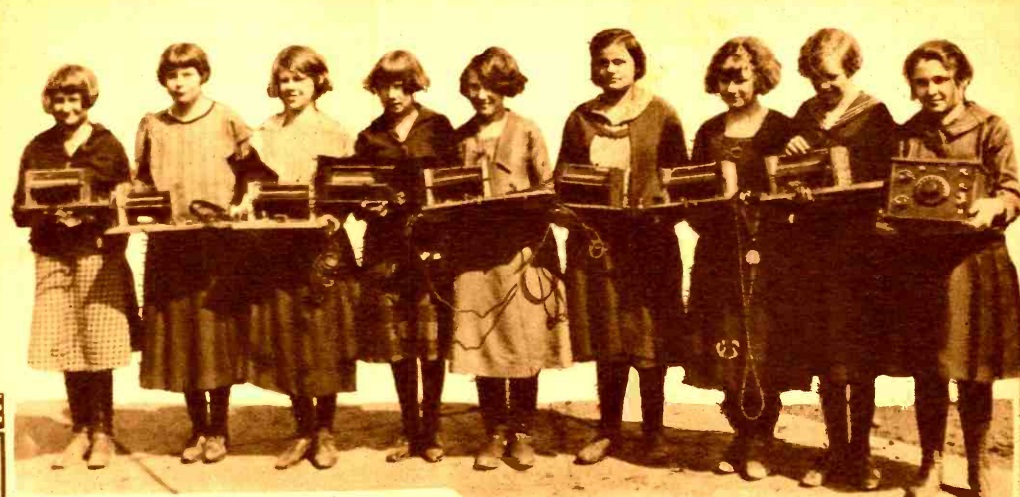 A hundred years ago, these girls, all students at a Chicago public school, are proudly holding the radios they made in a contest. The are shown in the July 1924 issue of Radio News, which noted that they would not let the boys outdo them. The showed superior workmanship and attracted the attention of local experts.
A hundred years ago, these girls, all students at a Chicago public school, are proudly holding the radios they made in a contest. The are shown in the July 1924 issue of Radio News, which noted that they would not let the boys outdo them. The showed superior workmanship and attracted the attention of local experts.
